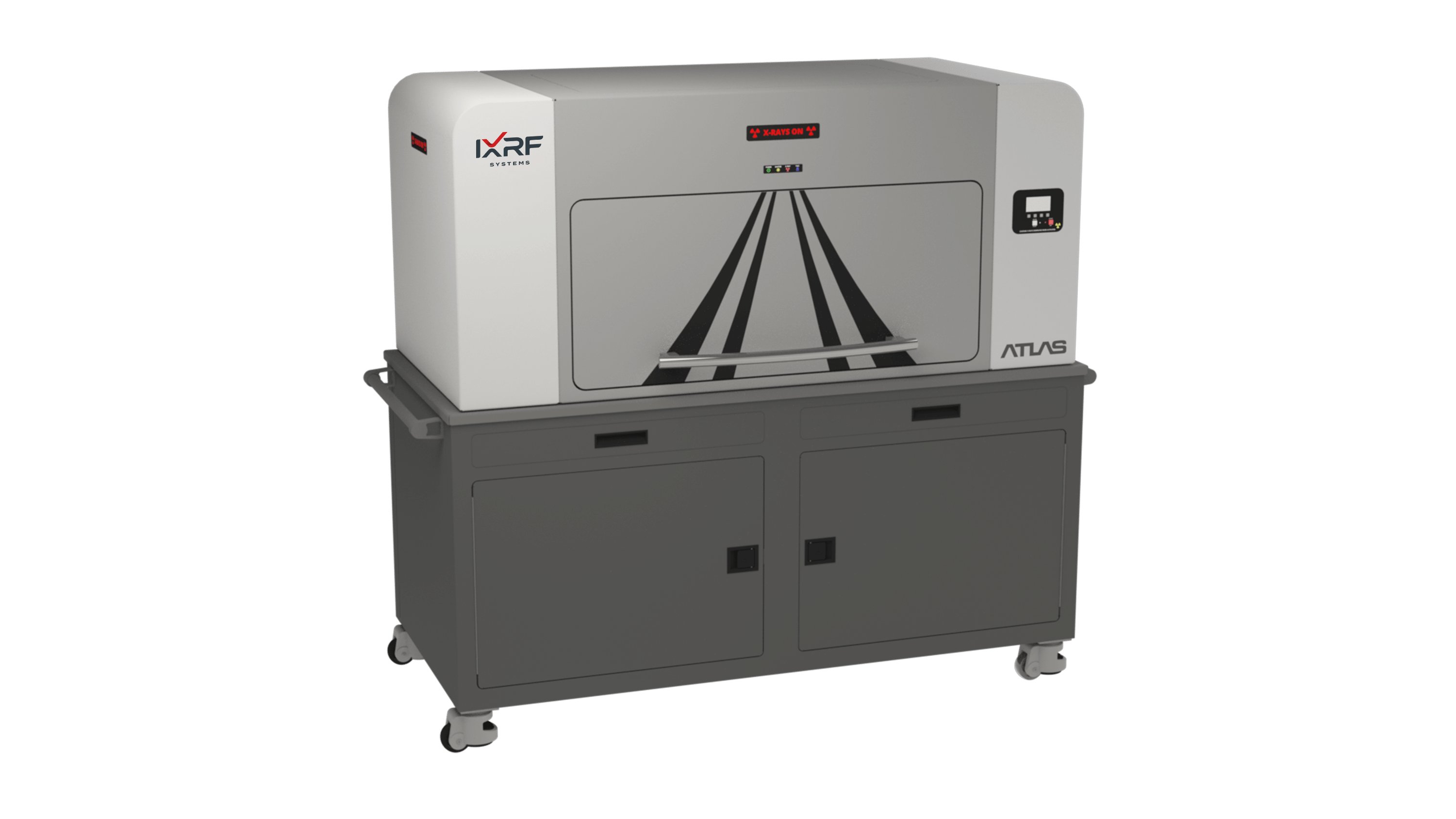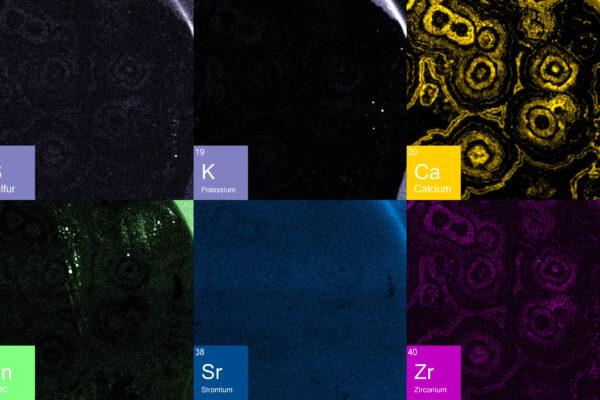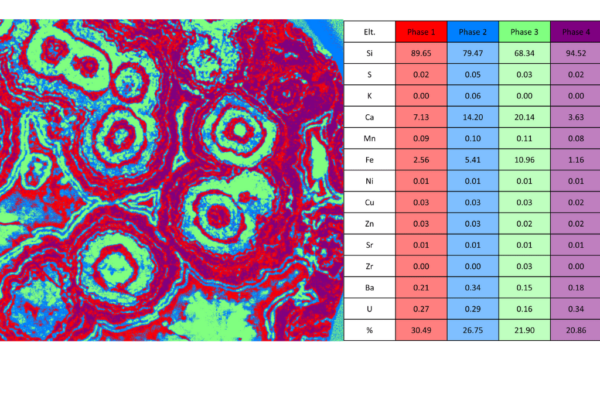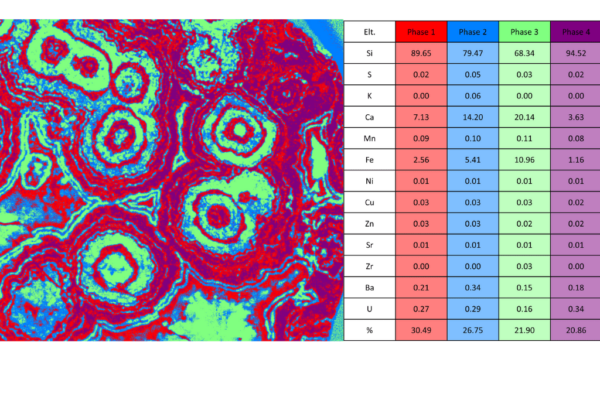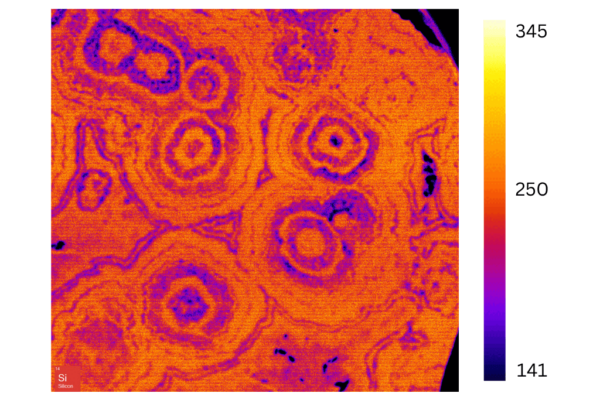Orbicular jasper, celebrated for its unique orb-like inclusions and visual charm, is a subject of interest for gem enthusiasts and geologists. Its rarity makes decoding the elemental composition and phase distribution of orbicular jasper an appealing quest. Employing advanced analytical techniques, IXRF Systems comprehensively explores orbicular jasper’s elemental composition using micro X-ray fluorescence (µXRF).
Significance of MicroXRF
µXRF is a state-of-the-art non-destructive analytical technique utilizing X-rays to determine the elemental composition of samples. Its impressive spatial resolution (down to 5μm pixel size) makes it an invaluable tool for in-depth analysis of intricate minerals like orbicular jasper, where the tiniest compositional variation can offer insight into its formation.
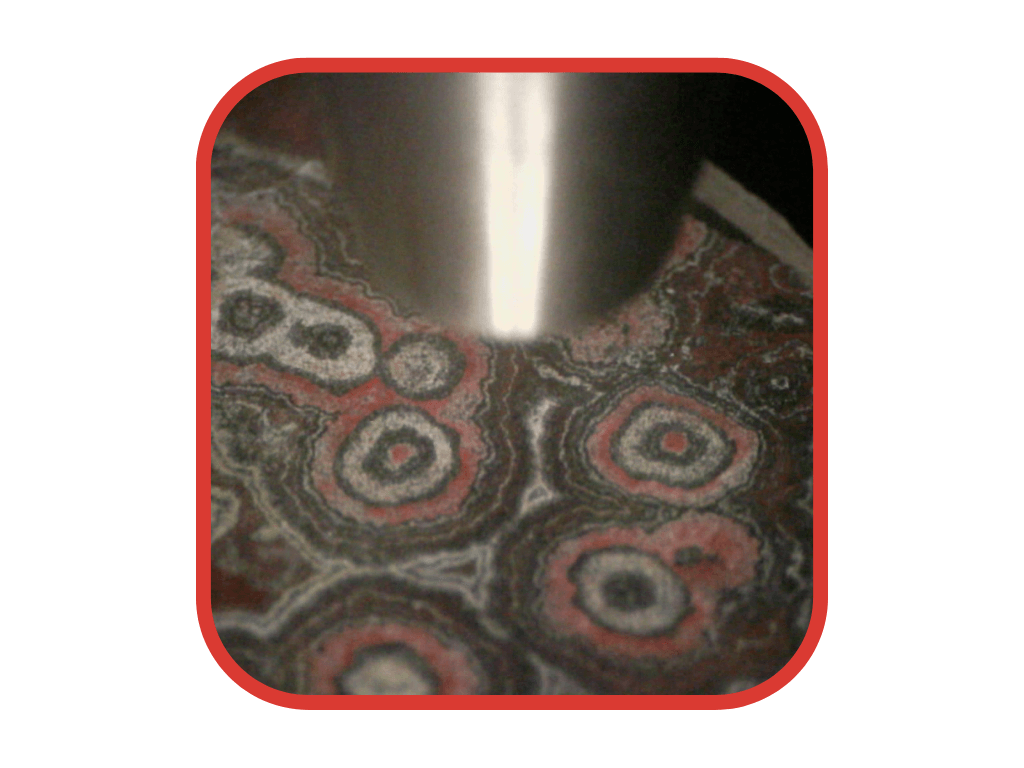
Figure 1: Elemental intensity maps analyzed by IXRF System’s Atlas µXRF. The sample was run with a small spot size of 5 µm to show a higher level of detail.
Methodology
Sample preparation: Sourced primarily from Madagascar and Australia, orbicular jasper samples were prepared in thin sections to ensure optimal X-ray penetration.
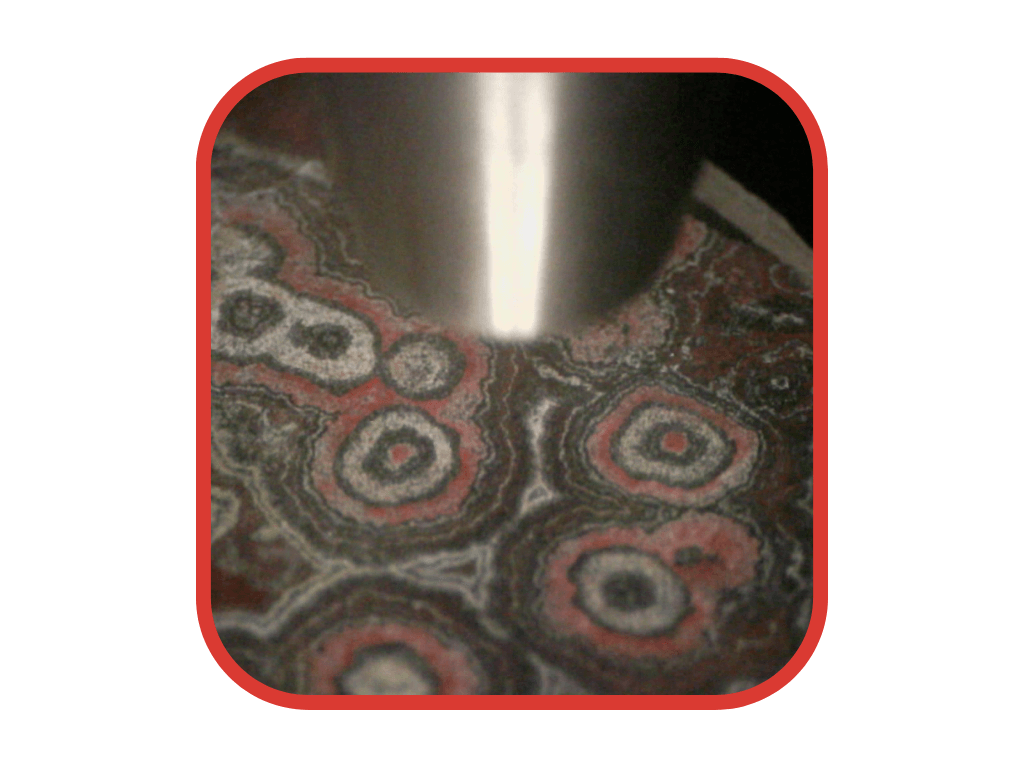
Figure 2: Image of a thin section of orbicular jasper sample during microXRF data collection.
Data acquisition: The orbicular jasper samples were elementally mapped using IXRF Systems’ Atlas X microXRF instrument, producing a detailed dataset with remarkable spatial resolution of 5µm.
Figure 3: Atlas X microXRF spectrometer with large chamber size and 300(X) x 400(Y) mm mapping travel.
Data refinement: Background subtraction, normalization, and noise reduction allowed the transforming of raw intensity counts into concentration or relative intensity values.
Principal component analysis (PCA): PCA simplified the data by focusing on its inherent variance, converting the dataset into orthogonal variables or principal components. This reduction technique paves the way to phase identification.
K-means clustering: As a follow-up to PCA, K-means clustering grouped similar data points into distinct clusters based on their principal component values. This iterative method categorizes each data point with the nearest cluster centroid until convergence.
Creating the phase map: The culmination of K-means clustering manifests as a detailed phase map where each cluster, distinguished by colors and shades, depicts the elemental composition and phase distribution within the orbicular jasper.

Figure 4: Intensity ratio phase map collected using principle component analysis (PCA). The number of phases was automatically selected based on K-means Clustering.
Findings
Elemental distribution: The analysis revealed rich concentrations of Si, Ca, Fe, and other trace elements in the orbicular patterns, with variations between the orb’s core and outer rings (Figure 1).
Spatial resolution: High spatial resolution microXRF provided detailed insight into the distribution of elements within minute structures of the orbicular jasper. This allowed for a more refined understanding of the mineral’s internal architecture and possible nucleation points.
Figure 5: The individual intensity maps for Si, Ca, Fe, and Ba are set to fire color scale to better visualize the intensity difference within each elemental map (note that intensity data can only be compared within a given elemental map and cannot be compared between different elemental intensity maps).
Phase map interpretation: The phase map (Figure 4) offers a visual representation of different regional compositions by element identification and quantification, shedding light on their distribution, size, shape, and the relation between these various phases.
Conclusions
The detailed elemental analysis of orbicular jasper through µXRF has several implications.
Formation theories: The varying elemental concentrations across different sections of the orbicular patterns suggest multiple stages of formation, likely related to changes in the geochemical environment at the time of formation.
Gemological insights: For the gem industry, understanding the composition can be invaluable for distinguishing genuine orbicular jasper from imitations or modified stones.
Conservation efforts: A deeper understanding of the mineral’s composition can aid in its conservation, especially when considering treatments to enhance its appearance or durability.
In summation, the merger of high spatial resolution µXRF with PCA and K-means clustering, as facilitated by IXRF Systems, provides a comprehensive tool set aiding the understanding of orbicular jasper. The journey from raw sample to a detailed phase map reflects the potential of modern analytical methods, unveiling mesmerizing intricacies hidden within nature’s gems.
Our exploration doesn’t stop here. We invite researchers, gem enthusiasts, and curious minds to join us, together uncovering hidden stories within nature’s treasures and paving the way for innovative discoveries.
IXRF Systems is a leading provider of X-ray fluorescence instrumentation. With our advanced analytical solutions, we are committed to supporting research, quality control, and educational endeavors across various industries.

